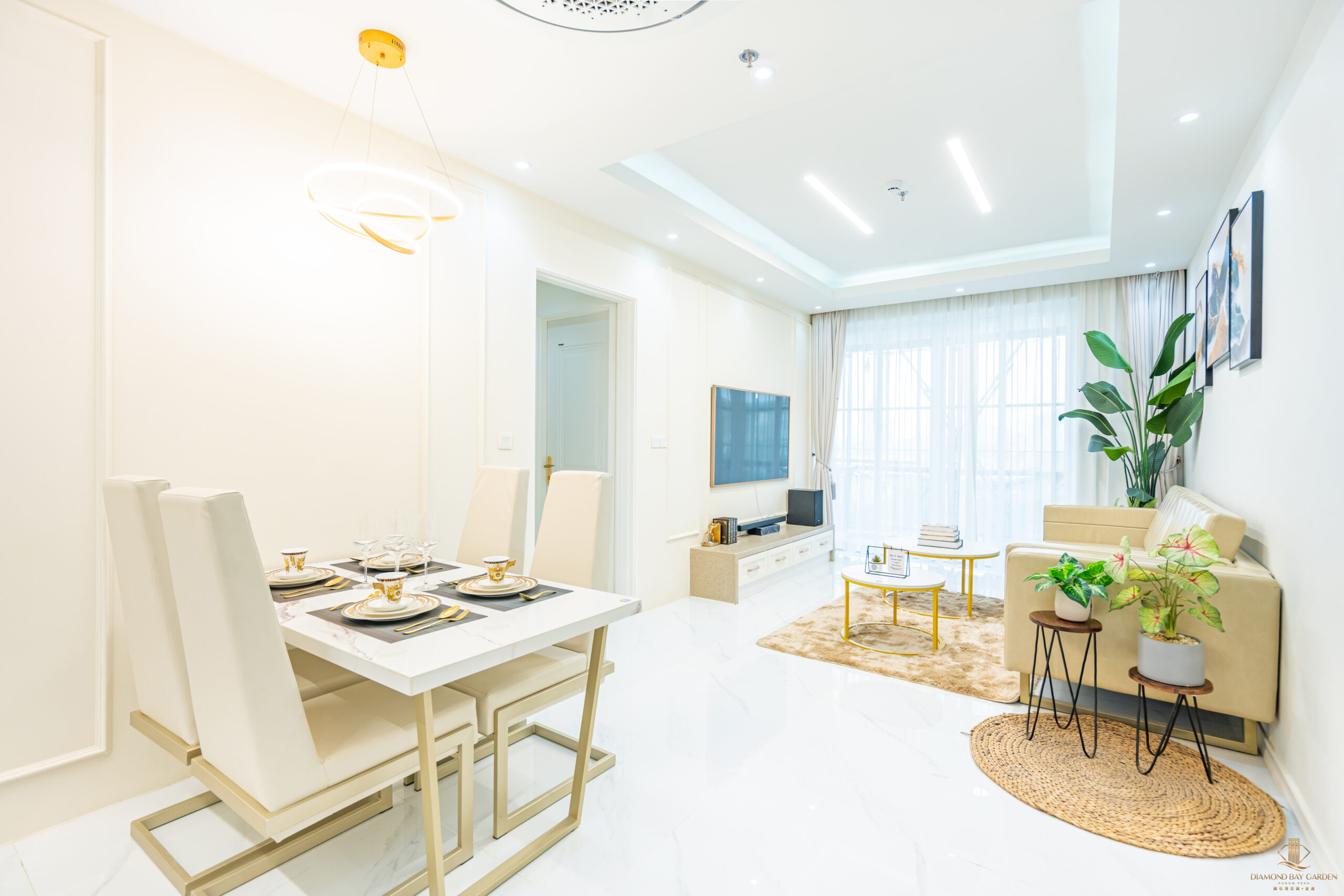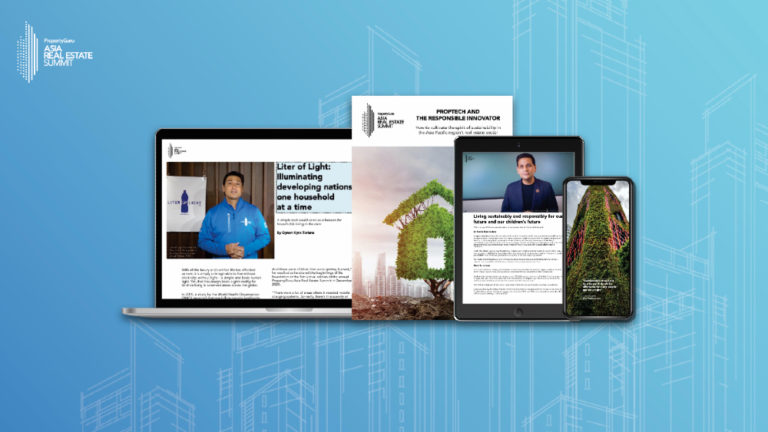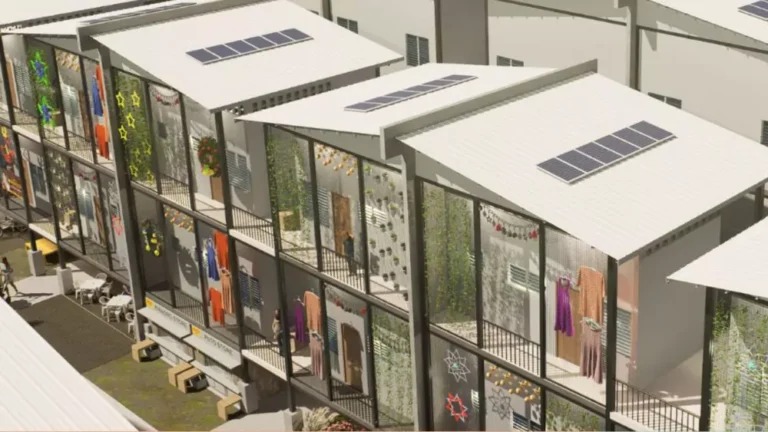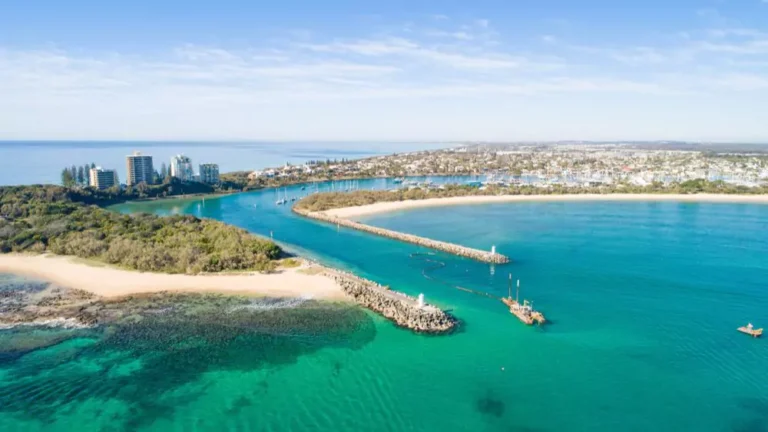Trio of riverfront towers to crown Phnom Penh skyline
Diamond Bay Garden, a skyline-changing development in Phnom Penh, stands at the confluence of style and ambition

Mighty rivers—the Mekong, Bassac, and Tonlé Sap— flow through Phnom Penh, their waters nourishing the alluvial plains on which the Cambodian capital is built.
A trio of 39-storey buildings will soon tower above these waterways. This mixed-use project, Diamond Bay Garden, expands on Koh Pich or Diamond Island, a satellite city by Cambodian conglomerate Overseas Cambodian Investment Corporation (OCIC).
Eight years earlier, Diamond Bay Garden was conceived as another project entirely. The development then went into hiatus before it was revived and repurposed in its current iteration about three years ago.
“Basically, we had the opportunity to create and establish a unique, strategically located residential property overlooking the rivers of Phnom Penh,” says Thierry Tea, vice-president of OCIC, which is a member of the Canadia Group of companies.
The river island on which Diamond Bay Garden sits has undergone enormous changes itself. When OCIC visited the island in 2004, they saw a swampy site with potential for urbanisation.
“Prior to the development of the satellite city, nearly a thousand families lived in makeshift houses without adequate infrastructure in the western part of Koh Pich,” recalls Charles Vann, executive vice-president of Canadia Group. “The area was unsafe, and a few people knew about or visited this island.” With the blessing of the municipal government, OCIC in 2006 began the long, laborious process of rehabilitating the island. Koh Pich would ultimately become the first of several satellite cities privately built and financed by OCIC.

Today, many residential projects on the 100-hectare island trade on the exquisite river views. Occupying a 9,757-square-metre plot on the island’s north-eastern shores, Diamond Bay Garden features prime water frontage at the confluence of the Mekong and Bassac Rivers.
But the insular nature of the site obligates OCIC to make hefty infrastructural commitments. Over the last 15 years, the conglomerate has invested in several double-sided bridges linking Koh Pich to mainland Phnom Penh.
OCIC is now in the final stages of constructing a bridge connecting Koh Pich to another island, Koh Norea, where it is building a 125-hectare satellite city. The bridge is expected to serve 200,000 people, particularly commuters from the traffic-choked streets of Chbar Ampov.
We wanted to be inspired by tradition, the heritage from past civilization. Diamond Bay Garden acts as the gatekeeper of the district that we are building
OCIC has a long history of backing or developing transformative infrastructure works in Phnom Penh, from bridges to roads to flyovers. It holds the construction and operation rights for Techo International Airport, the city’s future aviation hub. OCIC’s portfolio also includes Canadia Tower, once Cambodia’s tallest building.
“When it comes to construction, I think we are pretty solid in term of efficiency and effectiveness,” says Tea. “But now we need to improve the design. We need to improve our projects’ inspiration.”
Diamond Bay Garden’s structural and architectural design team lifted some inspiration from a distant island. SinoPacific Construction Consultancy (SPCC) looked to the “natural beauty of Hawaii,” influencing the project’s “open concept, flow-through contemporary design,” the Vietnam-based firm stated.
In a way, the project also mines elements of old Khmer architecture, as seen in the Angkor Wat and Bayon temples in Siem Reap.

“This past civilization always built their foundation with the concept of living within the environment, whether it was the forest, the jungle, or around the abundant rivers of Cambodia,” says Tea. “We wanted to be inspired by tradition, the heritage from past civilization. Diamond Bay Garden embraces the coastline of Koh Pich and acts as the gatekeeper of the district that we are building.”
Tower A at Diamond Bay Garden is steadily ascending to its final height of 146 metres. The residences will rise to the 37th floor, where the Sky Bridge connects all three towers together. On the floors above it, the Sky Terrace and Sky Bar will open not only to residents but also to the public.
OCIC assembled an array of contractors for the project, including the conglomerate’s own Koh Pich Construction Company, which oversaw the roof structure and steel framework. Cana Sino Construction Corporation, a joint investment by OCIC and SPCC, managed the project’s concrete structural aspects.
Although OCIC has access to suppliers from Asia to Europe, the pandemic made it difficult for the company to certify and verify certain building materials. Wooden boards with the right density, for example, were challenging to source.
“That was mainly the challenge during the pandemic: to receive the samples before we put in the orders to the suppliers,” says Tea. “It’s being able to get the samples to really see the quality, if it’s good or not, and then to be able to procure them.”

OCIC does have an in-house facility, Diamond Glass Processing Plant, equipped with advanced glass transformation machinery. The plant supplied some finishing works to Diamond Bay Garden, including those for its windows, handrails, and aluminium doors.
The selection of façade materials for Diamond Bay Garden had to align with the project’s riverfront character. Its curtain walls were specifically engineered to endure the strong wind loads wafting from the neighbouring bodies of water.
The water itself foisted a different set of challenges on the project. A sturdy drainage system was imperative for the riverside site, which features two-level basement parking spaces for around 1,400 vehicles.
“These are some very challenging construction obstacles that you normally don’t have when you are not that close to the water,” says Tea.
Fortunately for Diamond Bay Garden, Cambodia is relatively impervious to natural disaster, compared to its more vulnerable Southeast Asian neighbours. “We are a bit lucky that there are no seismic issues in Cambodia. There are no typhoons,” says Tea. “On that part, we’re quite safe.”
Containing 591 units, the first tower of Diamond Bay Garden is anticipated to complete by the second quarter of 2025. The development will eventually house around 1,500 residential units for a total of three phases, each estimated to cost around USD100 million.

The resulting units, a mix of studios as well as two- and three-bedroom residences, are strategically kept at accessible price points, commensurate with demand. “I think our strength is really economies of scales,” says Tea.
With approximately 70 percent of the initial tower’s investments already in place, Tea foresees the project achieving maturity, complete with essential infrastructures, over the next five years.
“Being able to start and finish a project in the current condition is what we can give to the market,” says Tea. “It is really showing that Cambodia can still have a project that comes to completion and comes to the market for customers to use.
“We will be proud of the project when we do the handover,” he adds.
In addition to Tower A, the first phase of the project will include Connexion, a community hub with a startup accelerator. The low-rise building at the foot of Diamond Bay Garden continues an ecosystem of learning that began with the establishment of the Canadian International School of Phnom Penh in Koh Pich in 2012. OCIC also invests in the Cambodia University of Science and Technology in Chroy Changvar.

With the imminent arrival of Diamond Bay Garden, Koh Pich is unrecognisable from the swampland OCIC found almost 20 years ago. But there lies a long journey ahead for both the satellite city and the nation itself.
“Koh Pich is still a teenager, so it has to mature and grow,” says Tea. “Essentially, we know that 70 percent of the population of Cambodia is less than 30 years old. They want to enjoy life, they want lifestyle, they want to live. They don’t just want to work, work, work, and die. That’s basically the new mindset of the young generation.”
The original version of this article appeared in PropertyGuru Property Report Magazine Issue No. 181 on issuu and Magzter. Write to our editors at [email protected].
Recommended
Meet the expert helping overseas investors crack Australia’s property market
Ivan Lam of property advisors Charter Keck Cramer helps clients navigate Australia’s complex real estate dynamics
ARES White Paper Volume 3: The era of adaptive reinvention
Pioneering sustainable and innovative practices in urban development
ARES White Paper Volume 2: Unravelling the power of data revolution in real estate
Insights on proptech, smart cities, and sustainable development
ARES Digital White Paper Volume 1: The fundamentals of responsible building
Green and climate heroes join forces to discuss how Asia Pacific can weather the current environmental crises and the looming effects of climate change






